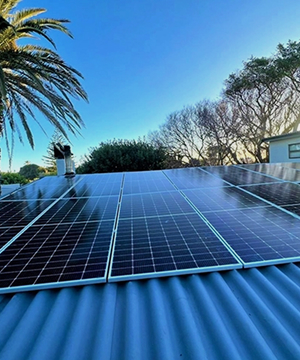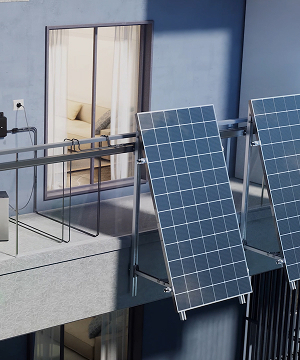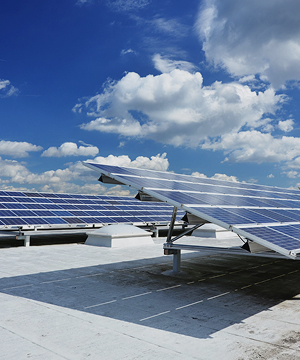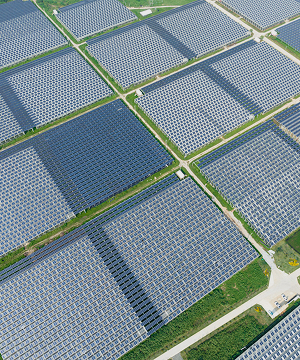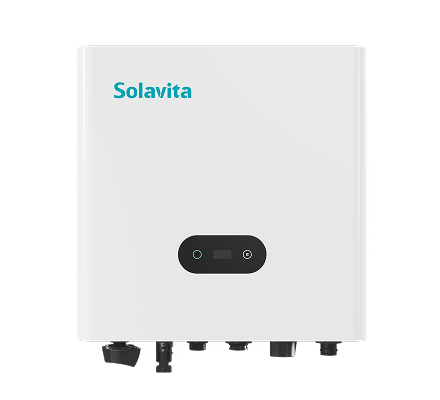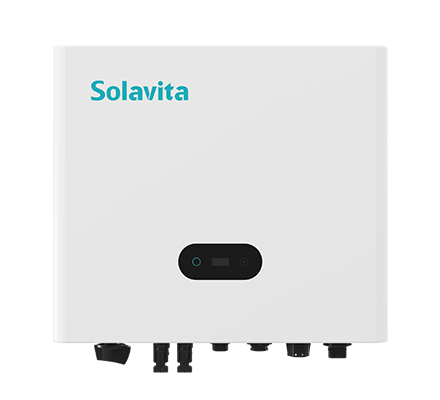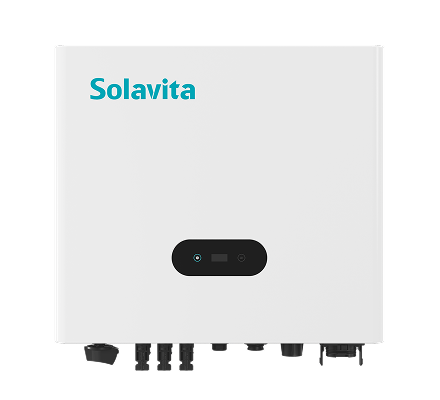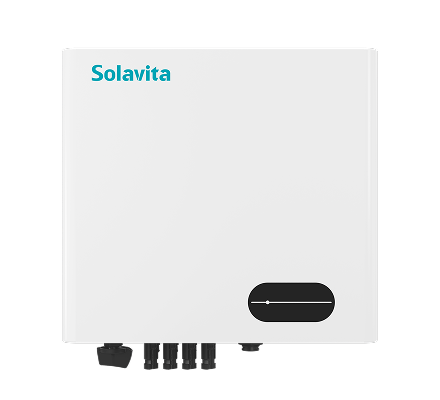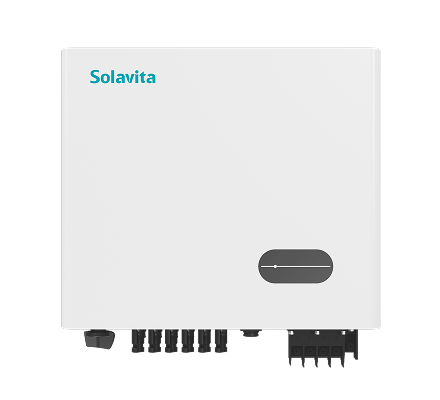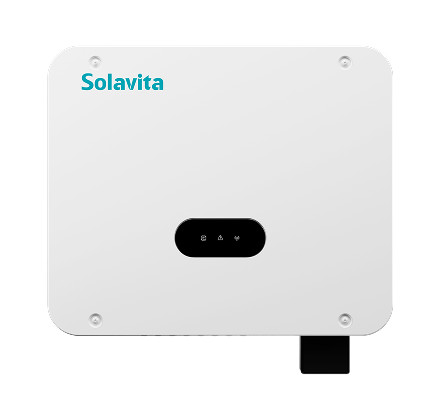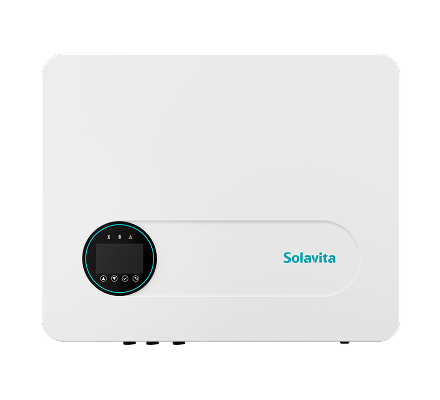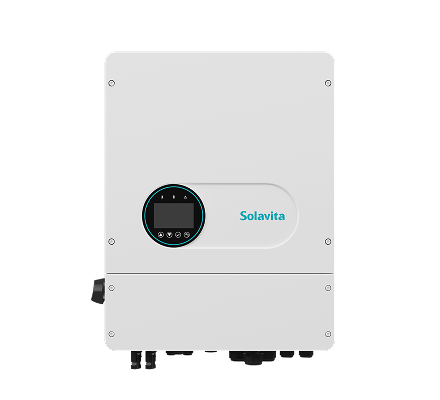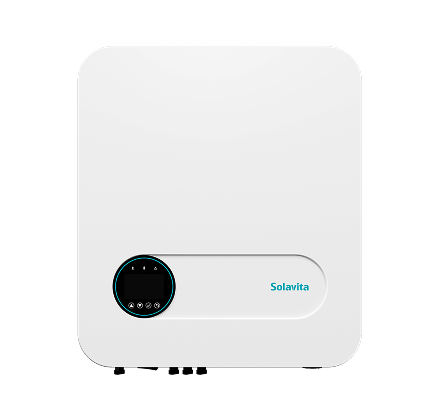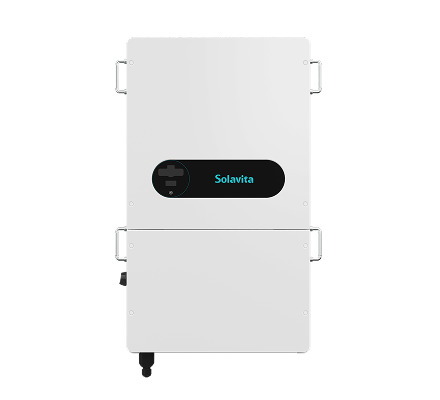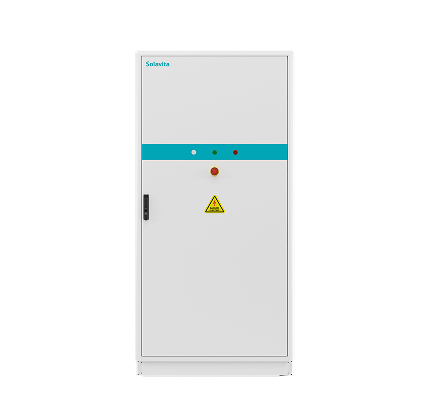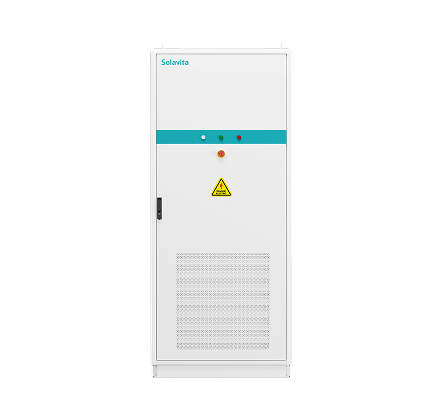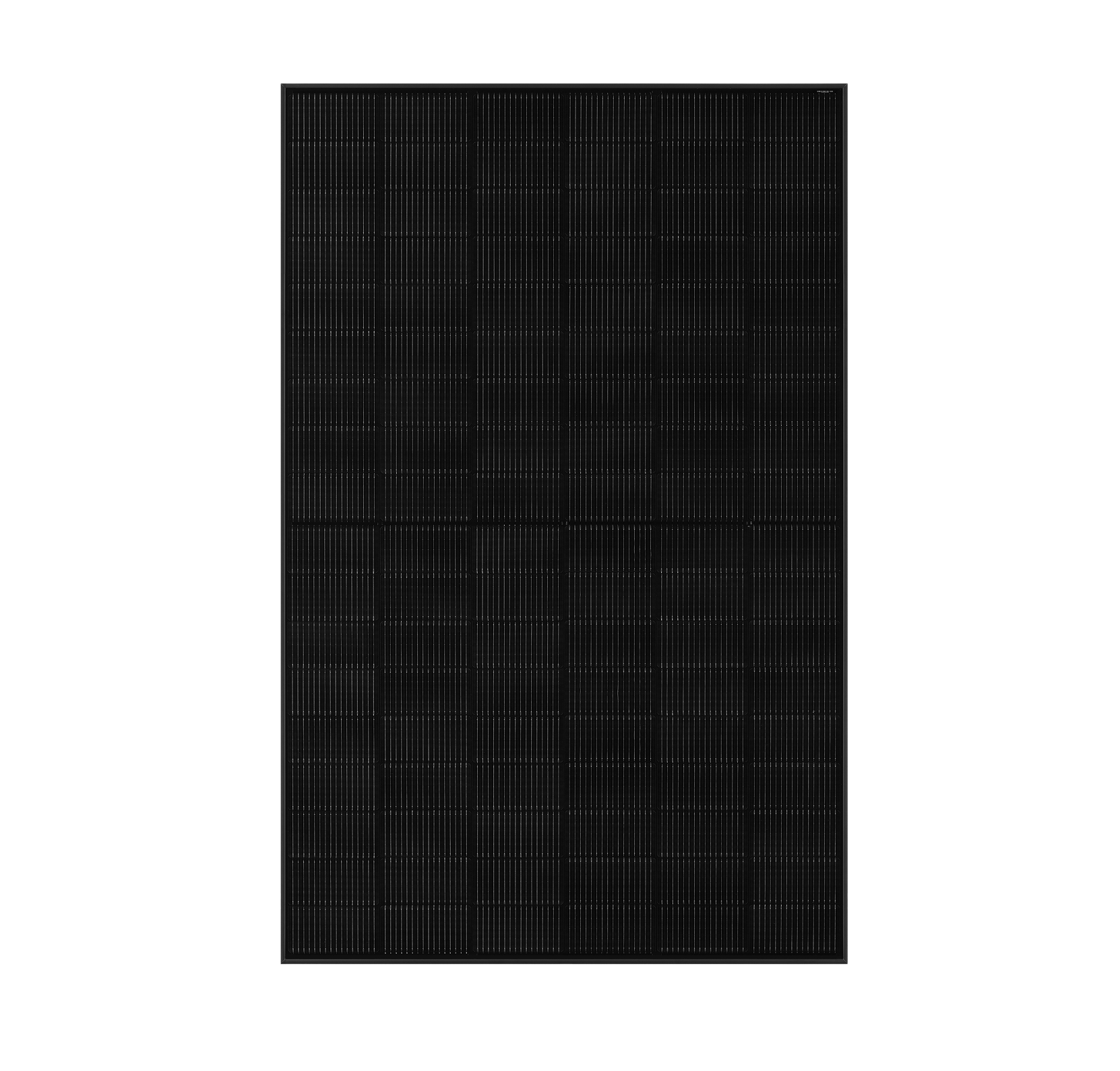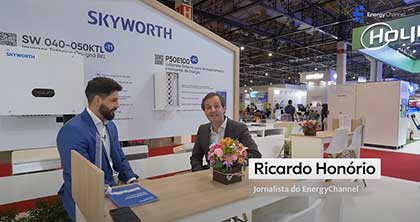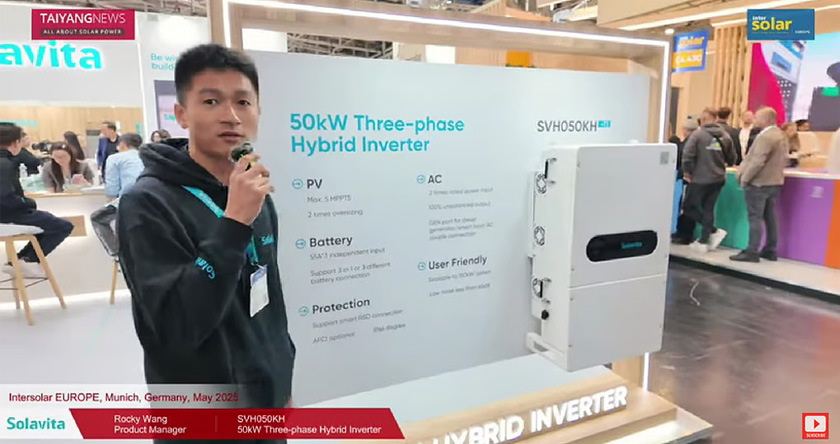High electricity prices, frequent outages underscore need for rooftop solar in the Philippines
Despite paying some of Southeast Asia’s highest electricity prices, Filipino households continue to endure unreliable power supply and frequent blackouts – a costly reality in a country rich in solar energy potential.
Filipino consumers pay some of the highest electricity rates in Southeast Asia – second only to the high-income economy of Singapore.
The average Filipino household was charged US$0.22 per kilowatt-hour (kWh) in 2024, while Singapore consumers paid up to US$0.24 per kWh. Both are nearly double the rates of their Southeast Asian neighbours of Thailand (US$0.14), Indonesia (US$0.10) and Malaysia (US$0.03).
This is despite mean salaries in the Philippines being nearly seven times less than those in Singapore.
The city-state’s high electricity costs stem from its limited natural resources but are offset by a stable power supply and minimal outages. The same cannot be said for the Philippines.
In contrast, Filipinos face frequent power interruptions, highlighting deep inefficiencies in an energy system that remains heavily reliant on costly imported fossil fuels.
The average Filipino household experiences 28 electricity supply interruptions in a year, largely due to forced outages caused by coal plant breakdowns, according to a 2024 report.
The blackouts often force households and businesses alike to rely on costly diesel generators as a fallback power source. These can cost between P50 (US$0.90) to P70 (US$1.26) per kWh to operate and emit a disproportionate amount of exhaust emissions, noted Ley Hua, the Philippine country manager of SKYWORTH PV, a solar energy solutions firm under global appliance manufacturer Skyworth Group, which has a 14-year presence in the Philippines.
“Recurring power interruptions, exacerbated by extreme weather and ageing grid infrastructure, make residential solar and storage systems critical for Filipino households,” Hua told Eco-Business.
Analysts say high electricity prices in the Philippines are driven by a pricing system that passes fuel price fluctuations and foreign exchange risks directly to consumers, along with the country’s underuse of renewable sources despite its clean energy potential.
As electricity demand surges in cities like Metro Manila and Cebu, urban consumers are increasingly exploring solar to cut costs.
“The rising cost of electricity and growing awareness around sustainability are making solar not just a cost-saving tool, but a lifestyle upgrade,” Hua said. “It empowers homeowners to take control of their energy usage.”
Renewable energy only comprises about a fifth of the Philippines’ electricity generation, with the rest the result of fossil fuels. Solar and wind energy make up around 3.8 per cent.
Tropical power
The Philippines is endowed with abundant untapped solar resources. Harnessing the Philippines’ full rooftop solar potential alone can generate as much as 91,000 megawatts (MW) in energy capacity. Despite this, rooftop solar power is still largely underutilised in the country.
Globally, utility-scale solar costs have dropped 85 per cent between 2010 and 2020, making it the cheapest form of new electricity generation at US$36 per megawatt hour (MWh).
Rooftop solar offers an opportunity for Filipino households to take part in the clean energy transition while reducing their electricity bills. However, adoption remains limited. In 2024, only 11,707 nationwide had enrolled in the Philippine government’s solar net-metering programme, when Manila Electric Company (Meralco) alone – the country’s largest distribution utility – serves over 7.6 million customers.
Rising electricity prices and growing climate awareness are driving more Filipino consumers to consider renewable energy, said Rei Panaligan, president of the Centre for Renewable Energy and Sustainable Technology (CREST), a nonprofit think tank. However, the high upfront cost remains a major barrier to the widespread adoption of rooftop solar power.
“A lack of technical support and limited access to financing – especially for households and micro, small, and medium enterprises – continue to hinder the adoption of renewable energy, particularly roof-mounted solar photovoltaic systems,” Panaligan told Eco-Business.
A typical home solar setup costs around P100,000 (US$1,700) – more than half a year’s income for minimum wage earners, a recent study found.
While most of the surveyed households in Metro Manila expressed interest in adopting solar panels, only 20 per cent had firm intentions to do so in the near term.

“Many households are unsure if this initial expense is justified by long-term financial and environmental returns,” noted the author of the report.
Still, SKYWORTH PV sees promising trends. “Financing options, solar leasing programmes, and government incentives are beginning to make solar more accessible to the middle class,” Hua said, emphasising the importance of educating consumers on long-term savings and return on investment.
Under the Philippines’ Renewable Energy Act, for example, solar energy systems are already imported into the country duty-free to reduce costs. A handful of cities in the Philippines also offer up to 20 per cent in discounts on real property taxes to households that have solar installations.
Panaligan of CREST emphasised that although the mechanisms of the Renewable Energy Act are now fully in place, significant barriers still prevent many qualified households in the Philippines from adopting home solar systems.
One such obstacle, he noted, is the country’s net metering policy, which, despite allowing homeowners or businesses to install renewable energy systems on their property to generate their own electricity, has seen slow adoption due to high upfront costs, a lack of financing options, and lengthy permitting processes.
While the Philippines has a Green Energy Option Programme (GEOP), which allows electricity consumers and businesses to purchase renewable energy, not enough public awareness, regional disparities, and the constrained supply of renewable energy, have impacted implementation.
“Unfortunately, [the] implementation of these mechanisms continues to encounter challenges that limit the adoption of qualified end-users,” Panaligan added.
SKYWORTH PV said it focuses on clear, data-driven consultations to help customers understand the benefits of going solar. “We provide projections showing long-term savings, break-even points, and return on investment based on the customer’s actual energy use,” Hua said.
The photovoltaic provider has launched a number of residential applications of their solar technology in the Philippines, including a recent 3 to 6 kW low-voltage hybrid inverter, which is a device that converts solar energy into usable electricity while also managing battery storage to save excess power for later use. The company hopes to introduce renewable energy to more Filipino households, noting that the inverter can easily be integrated into existing homes.
Another challenge is overcoming misinformation about reliability and maintenance. “We address this through transparent communication, strong after-sales support, and real-life case studies that build trust,” SKYWORTH PV’s Hua noted.

SKYWORTH PV highlights innovative residential solar solutions at its booth during the recent Solar & Storage Live Philippines 2025 held at the SMX Convention Centre in Manila. Image: SKYWORTH PV
Cost inequality
The cost of going solar in the Philippines, however, still remains higher than in neighbouring countries like Vietnam and Malaysia. This, Hua noted, is due to import duties, logistics across islands, and a less developed supply chain. Additional transport and labour costs also push prices up within Philippine provinces.
This sees solar adoption more common in cities. “In urban centres, there’s better infrastructure, higher electricity costs, and greater awareness. But in rural areas, we face logistical challenges – limited installers, higher transport costs, and fewer financing options,” Hua added.
While the Philippine solar market may be making headway, its growth will depend on innovation and market development to close the gap, Hua said, pointing to increased government support and improvements in installer networks.
To scale rooftop solar, there is a need for stronger government incentives, including increasing the compensation for excess electricity returned to the grid through net metering. The Department of Energy’s National Renewable Energy Programme (NREP) 2020–2040 includes an Expanded Rooftop Solar Programme aimed at boosting adoption, but results so far have been slow.
“Unfortunately, the Philippines still depends heavily on carbon-intensive and imported fossil fuels like coal and gas,” said Panaligan. He noted that this reliance contradicts the country’s target of generating 35 per cent of its electricity from renewable sources by 2030, and 50 per cent by 2050.
Home and community-based solar installations could be key to meeting these goals, especially as the government also aims to bring electricity to more remote and underserved communities.
Despite these hurdles, provincial areas stand to gain the most from solar, particularly where grid access is poor – an area that SKYWORTH PV hopes to address.
As energy demand grows, accelerating the deployment of rooftop solar will prove crucial in lowering electricity bills and in reducing the country’s reliance on expensive and volatile fossil fuel imports.
At the recent Solar & Storage Live Philippines 2025, a clean energy event focused on solar and energy storage technologies, SKYWORTH PV highlighted new residential solutions designed for local conditions.
“Solar energy should be accessible, efficient, and reliable,” said Hua, noting that SKYWORTH PV aims to bolster the region’s strong solar growth potential through continued product innovation. “Our message is clear: we’re here to help Filipino households achieve energy independence and long-term savings.”
Sign up to our latest media
By signing up for our newsletter, you agree to the termsoutlined in our privacy policy. You can unsubscribe atany time.



















